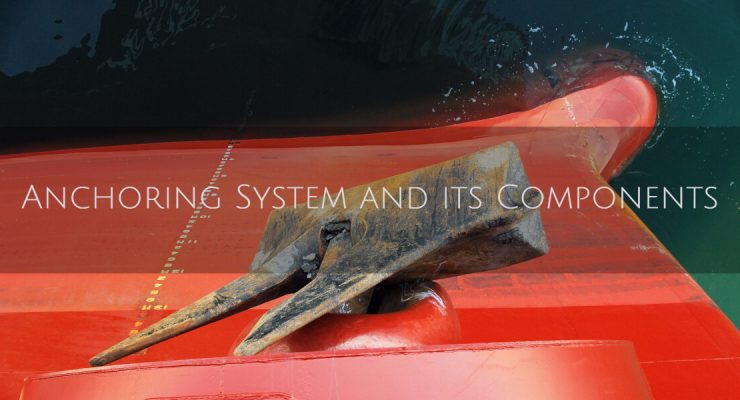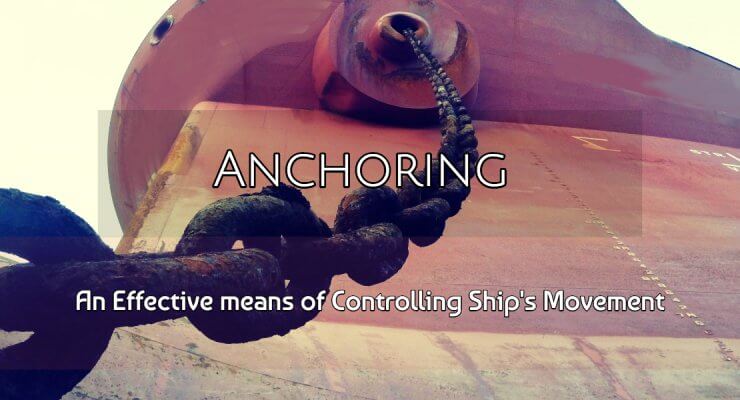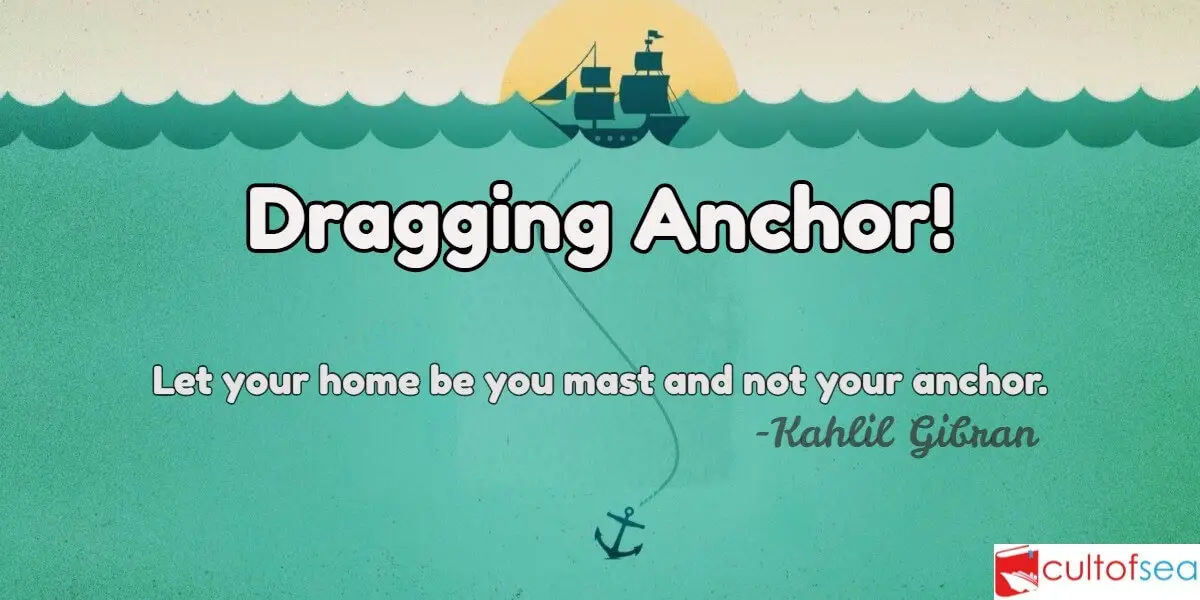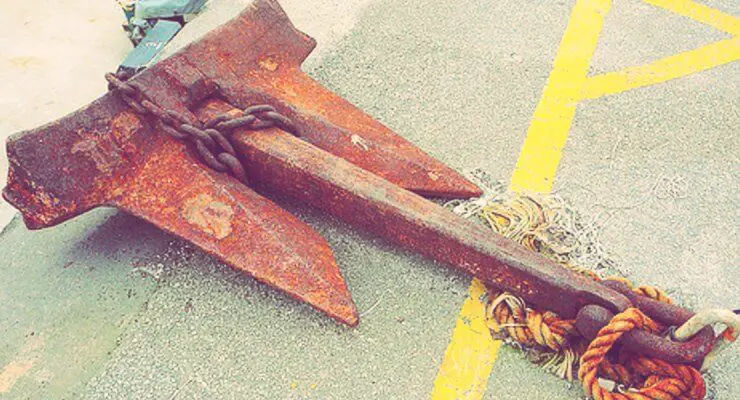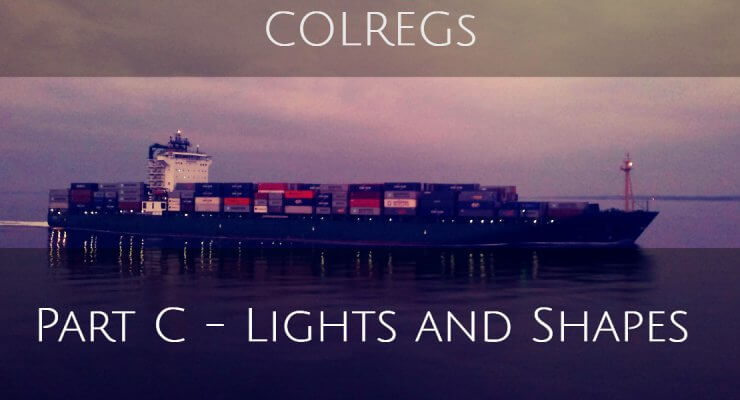The anchoring system is intended for safely mooring a vessel lying offshore in reasonable weather conditions. The system must be capable of keeping the vessel in position as per the holding power of anchor determined through the calculation of 'Equipment Number'. It is of paramount importance that the system is specified, designed, installed, operated and maintained in accordance with manufacturer's instructions, Class requirements and the owner's needs.The holding power of the anchor determined from its EN (Equipment Number) will not be sufficient to maintain the position of the ship in … [Read more...]
Anchoring – An Effective means of Controlling Ship’s Movement
Anchors The specific requirements for anchoring equipment in ships are laid down by the Classification Societies and is determined as per each ship's displacement, her wind area down to the summer load line. These requirements are the weight of anchor, number of anchors, length of chain cable and breaking strength.Requirements also specify that the cable must be secured in the chain locker by an arrangement whose breaking strength is greater than 15% and less than 30% of the tensile proof stress of the chain (Norske Veritas). Also, the breaker of the windlass must be able to withstand a … [Read more...]
SPM (Single Point Mooring) or SBM Operations
A Single Point Mooring Buoy consists of a buoy that is permanently moored to the seabed by means of multiple mooring lines/anchors/chains allowing cargo transfer of liquid petroleum products. The buoy contains a bearing system that allows a part of it to rotate around the moored geostatic part. When a Ship is moored to this rotating part of the buoy with a mooring connection, the vessel is able to freely weather-vane around the geostatic part of the buoy. Responsibility Master has the overall responsibility for the mooring operations of the vessel at the SBM.The officer-in-charge of … [Read more...]
How do you make out if the Anchor is dragging?
It can take some time to realise the Anchor is dragging, despite the ship drifting. A vigilant bridge watch is, therefore, essential.By watching the bearing of two fixed lights or objects in line. Beam bearings are the best. If they change, the ship is dragging. By dropping the deep sea lead on to the bottom, and noting if it trails ahead of the ship. By observing the anchor cable if she comes to long stay then short stay and then long stay repeatedly means she is dragging anchor. The ship’s side against the wind hasn’t changed. Checking to see there is no slacking of chains … [Read more...]
Anchor Terminology used in Shipping
Anchor ‘a’ cock bill: When the anchor is hanging vertically from the hawse pipe with the flukes turned into the ship’s side, it has been just clear of the hawse pipe and its weight is taken by the brake in readiness for letting go. In this position, it is not stowed correctly in the hawse pipe. Anchor coming home: When the anchor is being drawn towards the ship in the operation of heaving away, by means of the windlass, the anchor is said to be anchor coming home. Anchor aweigh: The anchor is said to be aweigh immediately it is clear of the bottom. Anchor dragging: The anchor is said … [Read more...]
Rule 30 – Anchored vessels and vessels aground
(a) A vessel at anchor shall exhibit where it can best be seen:(i) in the fore part, an all-round white light or one ball; (ii) at or near the stern and at a lower level than the light prescribed in subparagraph (i), an all-round white light.(b) A vessel of less than 50 meters in length may exhibit an all-round white light where it can best be seen instead of the lights prescribed in paragraph (a) of this Rule.(c) A vessel at anchor may, and a vessel of 100 meters and more in length shall, also use the available working or equivalent lights to illuminate her decks.(d) A … [Read more...]
